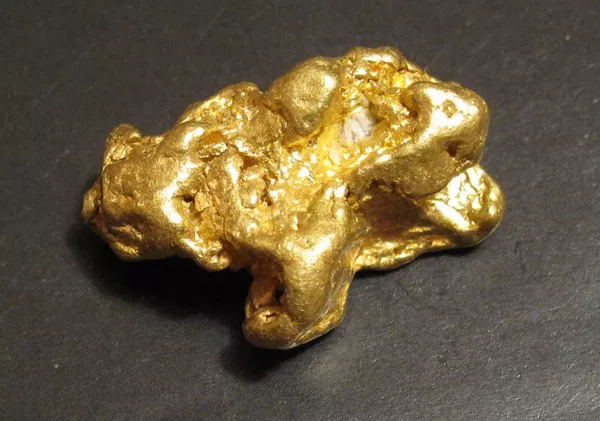Gold is a highly valued precious metal that has been used for currency, jewelry, and investment purposes for thousands of years. With the rise of online marketplaces and the proliferation of fake gold, it has become more important than ever for individuals to be able to determine if the gold they are purchasing is real or fake. While there are many sophisticated tests that professionals use to verify the authenticity of gold, there are also some simple tests that anyone can perform at home. In this article, we will discuss in detail how to tell if gold is real with a lighter.
Understand the Basics of Gold
Before we dive into the lighter test, it’s essential to understand the basics of gold. Gold is a dense and malleable metal that is yellow in color. Pure gold is 24 karats (k), but most gold jewelry and bullion are alloyed with other metals to make them stronger and more durable. The most common alloys used in gold jewelry are copper and silver. The karatage of gold refers to the percentage of pure gold in the alloy. For example, 18k gold is 75% pure gold, while 14k gold is 58.3% pure gold.
Perform the Lighter Test
The lighter test is a quick and easy way to test if gold is real or fake. To perform this test, you will need a lighter and a pair of pliers or tweezers to hold the gold object. Here are the steps to perform the lighter test:
Step 1: Hold the gold object with a pair of pliers or tweezers.
Step 2: Hold a lighter flame to the object for a few seconds, heating it up.
Step 3: Observe the color of the object as it heats up. Real gold will not change color, while fake gold will turn black or green.
Step 4: Let the object cool down, then wipe it clean with a cloth.
It’s important to note that this test is not foolproof, and there are some fake gold alloys that will not change color when heated. However, if the object changes color, it is almost certainly fake.
Use Other Tests to Confirm Authenticity
While the lighter test can be a useful starting point, it’s always a good idea to confirm the authenticity of gold using other tests. Some other tests you can perform at home include:
- Magnet Test:
Real gold is comparing it to the known density of gold. Real gold has a density of 19.32 g/cm³, so if the density of your object is significantly different, it is likely fake.
- Scratch Test:
This involves scratching the gold with a sharp object to see if it leaves a mark. Real gold is soft and malleable, so it will not leave a mark, while fake gold will leave a scratch.
It’s important to note that while these tests can be useful, they are not foolproof and may not always provide an accurate result. If you have any doubts about the authenticity of your gold, it’s best to take it to a professional for testing.
Beware of Common Fake Gold Alloys
There are many different types of fake gold alloys on the market, and some are more convincing than others. Some common fake gold alloys include:
- Gold-plated:
This involves coating a base metal with a thin layer of gold. Gold-plated jewelry and bullion are often sold as “gold-filled” or “gold overlay” and can be difficult to distinguish from real gold.
- Gold-filled:
This involves bonding a layer of gold to a base metal using heat and pressure. Gold-filled jewelry and bullion are often marked as “GF” or “1/20 14k GF.”
- Gold-toned:
This involves using a brass or copper alloy that is painted or coated to look like gold.
Tips for Buying Real Gold
If you’re looking to buy real gold, there are some tips you can follow to ensure that you’re getting an authentic product:
- Buy from a reputable dealer:
Make sure that the dealer you’re buying from has a good reputation and is known for selling authentic gold.
- Check the markings:
Real gold should be marked with its karatage or purity level, as well as the manufacturer’s mark.
- Get a certificate of authenticity:
Some dealers will provide a certificate of authenticity that verifies the purity of the gold.
In conclusion, knowing how to tell if gold is real with a lighter can be a useful skill for anyone interested in buying gold. While the lighter test is not foolproof, it can provide a quick and easy way to determine if your gold is likely real or fake. By following the tips and performing other tests to confirm authenticity, you can be confident in your purchase and avoid falling victim to fake gold scams.


